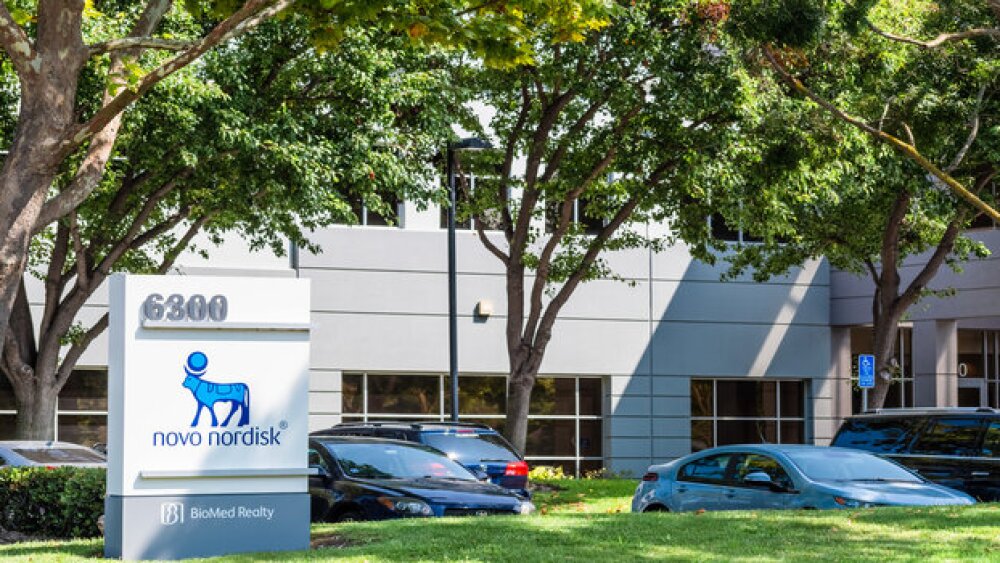Dyve Biosciences, Inc. announced that it has been selected for an oral podium presentation at EULAR annual congress to be held both virtually and in-person from June 1-4, 2022 in Copenhagen, Denmark.
Topical application allowing transdermal delivery of DYV702 at the site of the affected joint significantly reduced pain intensity and duration of acute gout flare with higher overall response rates, faster time to resolution, improvements in physical function and reduction in rescue medication use
CAMARILLO, Calif., June 01, 2022 (GLOBE NEWSWIRE) -- Dyve Biosciences, Inc. (“Dyve”), a clinical-stage biotech company applying its proprietary transdermal delivery technology to a broad pipeline of clinical assets, today announced that it has been selected for an oral podium presentation at EULAR (European Alliance of Associations for Rheumatology) annual congress to be held both virtually and in-person from June 1-4, 2022 in Copenhagen, Denmark.
Dr. Puja Paul Khanna, the study’s principal investigator, will present the results from the TARGETS Phase 2, randomized, double-blind, placebo-controlled, parallel group design study with DYV702, Dyve’s patented transdermal cream formulation of sodium bicarbonate designed to provide rapid pain relief directly at the site of the affected joint. The objective of the study was to evaluate DYV702’s ability to reduce the severity of acute pain and pain-related endpoints over the 7-day treatment period in 98 gout patients enrolled across 20 U.S. sites.
Dr. Khanna commented, “There remains a dearth of effective, approved treatments to relieve the intense debilitating pain that accompanies acute gout flares. Hospital admissions for acute gout flares have doubled in the U.S. over the past two decades. Current options like steroids, colchicine, NSAIDs and IL-1 inhibitors are antiquated and non-selective, which results in significant toxicity and frequent drug-drug interactions. With most current therapies, about half of patients may improve at 48 to 72 hours, but the early-flare pain in the first 24 hours is never fully relieved and remains the largest unmet treatment need. These data on DYV702 show a significant and clinically meaningful reduction in pain intensity and improvement in physical function during that critical first 24-hour period, which is also the period responsible for most hospital admissions.”
Dr. Khanna continued, “In the per protocol population, we saw a significantly better median time to pain resolution of 24 hours in the DYV-702 group versus 72 hours for control, and a responder rate at 24 hours of 58% in the DYV702 group versus 24% in the control. An on-demand, fast-acting and topically applied treatment that provides clinically meaningful pain relief within the first 24 hours after onset of a flare, would be a welcomed option in this patient population. We look forward to further exploring this candidate in later stage clinical studies after seeing these encouraging Phase 2 results.”
The scientific program for the EULAR Congress is available online at: https://congress.eular.org/index.cfm.
EULAR Congress 2022 Presentation Details:
Title: “Phase 2a, Randomized, Double-Blind, Placebo-Controlled Study of the Efficacy and Safety of a Transdermal Alkalinizing and Pain-Relieving Treatment for Reducing Pain Associated with an Acute Gout Flare”
Presenting author: Puja Paul Khanna, M.D., MPH, of the University of Michigan, Rheumatology Clinic, Taubman Center, Ann Arbor, MI
Format: oral presentation
Abstract: 4909
Date: Thursday, June 2, 2022
Time: 11:35 – 11:45 am CEST (5:35 – 5:45 am EDT)
A copy of slides detailing the Phase 2 data are available in the “Events” section of the Company’s website at https://dyvebio.com/newsroom/events/.
Phase 2 TARGETS Study Details and Results:
There were 98 patients randomized to receive DYV702 or placebo. Upon flare onset, patients were instructed to initiate dosing of colchicine (1.2 mg followed by 0.6 mg, one hour later) and to immediately apply study product to the affected joint. The primary endpoint was the sum of pain intensity difference from baseline to day 7 (SPID0-7 days). Secondary endpoints included: time to resolution (50% reduction in pain), rescue pain medication usage, PROMIS PF20 (physical function), patient reported global assessment, tenderness of target joint (physician evaluation), and swelling of target joint (physician evaluation). Data were collected in patient diaries for the pain and PROMIS measures at multiple time points from baseline through Day 7.
Nonadherence, primarily on Day 1 led to differences between the full analyses set (n=98) and the per protocol population (n=57). While the primary endpoint of SPID0-7 did not reach statistical significance in the full analyses set, it did reach significance in the per protocol population (p=0.03). The most dramatic differences between DYV702 and control occurred during the first 24-hour period as most cases of acute gout flare pain were observed to resolve in both groups by the end of the 7-day treatment period. For the per protocol population, the median time to pain resolution was 24 hours in the DYV702 arm vs. 72 hours for control (p=0.03); the responder rate at 24 hours was 58% in the DYV702 group vs. 24% for control (p=0.01). Dyve anticipates that future pivotal studies will utilize 24 hours as the time for primary endpoint assessment given the findings from the TARGETS study.
There was a significant decrease in rescue medication usage in the full analyses set with only 6.3% in the active arm compared to 20% for the control arm (p=0.02). DYV702 showed significant improvement in PROMIS PF-20 scores at 24 hours, with 16.7 for DYV702 vs. 9.4 for control (p<0.01). A statistical separation for PROMIS PF-20 persisted through Day 7.
The tolerability of DYV702 and adverse event profile was acceptable. The majority of observed AE’s were characterized as mild-to-moderate in intensity with no observed difference in incidence overall between DYV702 and control group.
About Dyve Biosciences
Dyve is a clinical-stage biotech company applying its proprietary transdermal delivery technology to a broad pipeline of clinical assets, including a collection of new chemical entities (NCEs) in collaboration with a major pharmaceutical company. Dyve has an emulsion-based platform technology that has succeeded where previous attempts with patches and microneedles have failed - allowing for the topical application and transdermal delivery of both simple and complex molecules that are neither suitable nor optimal for traditional oral and injectable routes of administration. Dyve’s transdermal delivery system provides a new paradigm for a universal third route of drug delivery, combining the fast onset of action and systemic availability of an injectable, with the convenience and optimal pharmacokinetic profile of an oral pill. Dyve’s goal is to set a new standard with a comprehensive transdermal delivery solution, creating therapeutics which are both patient-friendly and clinically intuitive for a wide array of indications. Dyve’s technology includes a novel approach for delivering pH-adjusting agents through the skin. This has the potential to decrease the acidic microenvironments that are key to the pathology and treatment of multiple disease states within oncology, immunology, and inflammation. For example, Dyve’s lead asset, pH-modulator DYV702, recently completed a successful multi-center, 100-patient, Phase 2 clinical study for reducing the pain associated with acute gouty arthritis. Dyve’s novel technology platform carries a robust portfolio of both pending and issued patents. For more information, please visit www.dyvebio.com.
Corporate Contact
Jim McGee
Dyve Biosciences, Inc.
805-857-6449
jim.mcgee@dyvebio.com
Investor Contact
Corey Davis, Ph.D.
LifeSci Advisors, LLC
212-915-2577
cdavis@lifesciadvisors.com






